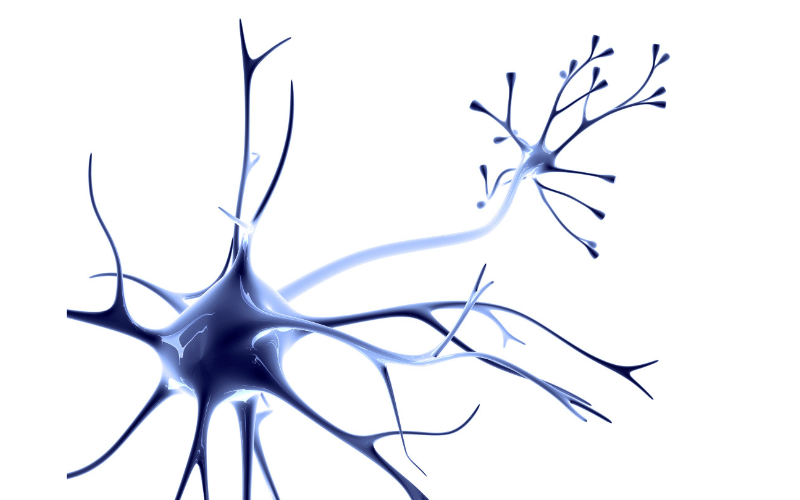Introduction: The Nuances of Neuromyelitis Optica Spectrum Disorders

When one steps into the intricate world of medical science, an array of unique, often mystifying conditions comes to the forefront. Each of these conditions presents its own set of complexities and challenges, making the journey towards understanding them an intriguing one. Amid these numerous disorders stands Neuromyelitis Optica Spectrum Disorders (NMOSD), a condition that requires our attention due to its significant impact on affected individuals’ lives.
While NMOSD may not be a household name, its influence on the medical landscape, particularly within neurology, cannot be ignored. Primarily affecting the central nervous system (CNS), this disorder possesses the ability to drastically alter an individual’s daily life, necessitating an in-depth understanding of its various aspects.
Over the years, medical professionals and researchers have painstakingly gathered insights about NMOSD, adding to our collective knowledge base. As we embark on this exploration of NMOSD, we’ll uncover fifteen essential facts about this disorder. These will help not only in comprehending the disease better but also in appreciating its relevance within the broader context of health and well-being.
Despite the complexity and severity of NMOSD, there’s a world of information waiting to be unearthed. By investigating these pivotal facts, we aim to shed light on the different dimensions of NMOSD, from its causes and symptoms to its global impact and treatment protocols. In doing so, we hope to arm you with knowledge that could prove essential in understanding, managing, and even potentially contributing towards efforts in combating NMOSD.
1. The Unseen Battle: NMOSD’s Impact on the Central Nervous System

NMOSD is a formidable adversary, often setting its sights on the central nervous system (CNS). Comprising the brain and spinal cord, the CNS orchestrates our body’s functions and our interaction with the world around us. When NMOSD intervenes, it strikes at the nerve fibers in the CNS, specifically the optic nerves and the spinal cord.
This intervention is far from benign. NMOSD’s inflammatory nature damages the protective sheath around the nerve fibers, known as myelin. Myelin acts as an insulator, accelerating the electrical signals traveling along our nerve fibers. But with NMOSD at the helm, this essential protective layer comes under threat.
Imagine a wire without its insulating cover – the results would be chaotic and detrimental to the system it supports. Similarly, NMOSD’s effect on myelin disrupts the smooth flow of signals in the CNS, leading to the characteristic symptoms associated with the disorder.
However, NMOSD doesn’t stop there. In some cases, it can cause severe damage, known as necrosis, to the nerve fibers themselves. This irreversible injury significantly affects the CNS’s functioning, echoing throughout an individual’s health and wellbeing.
But what triggers this unseen battle within the CNS? As we delve further into NMOSD’s intricate nature, we’ll uncover this mystery and more, each piece of the puzzle offering a greater understanding of this complex condition. (1)